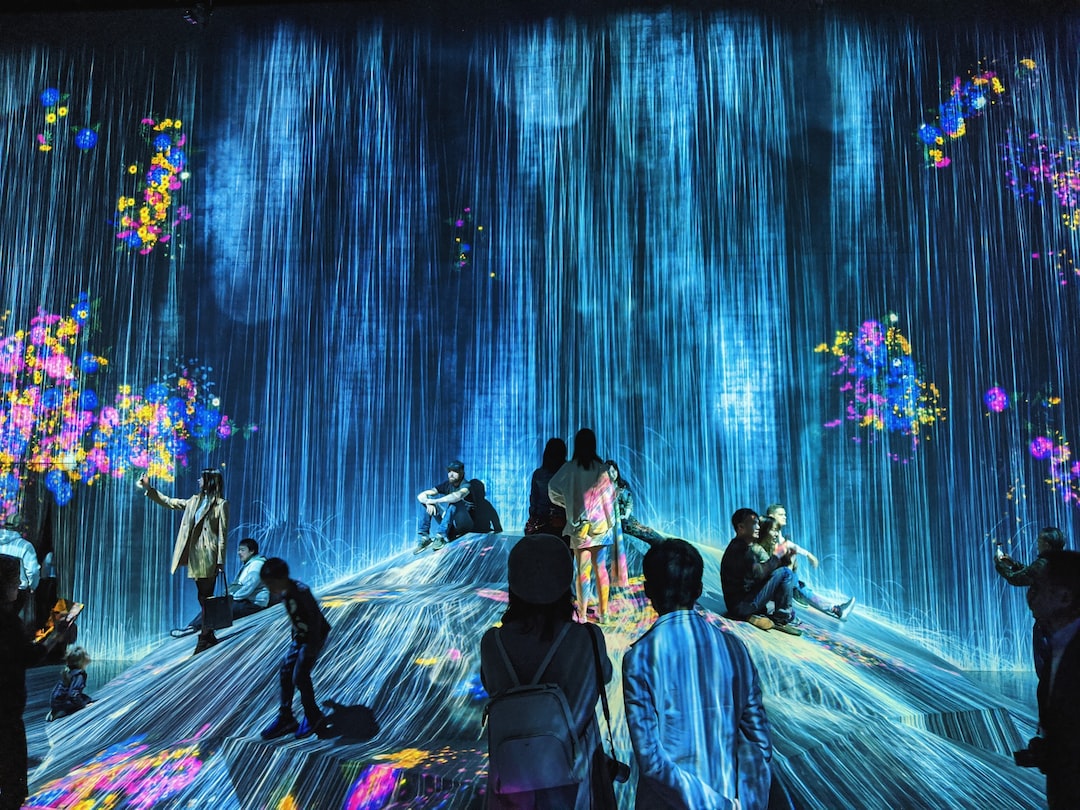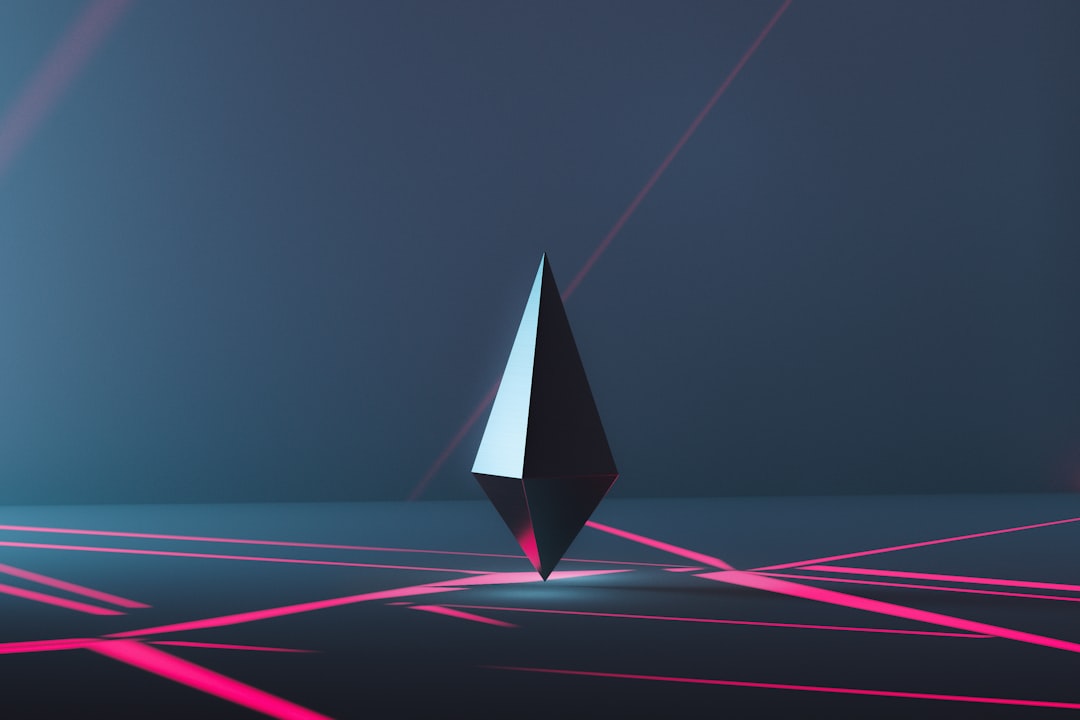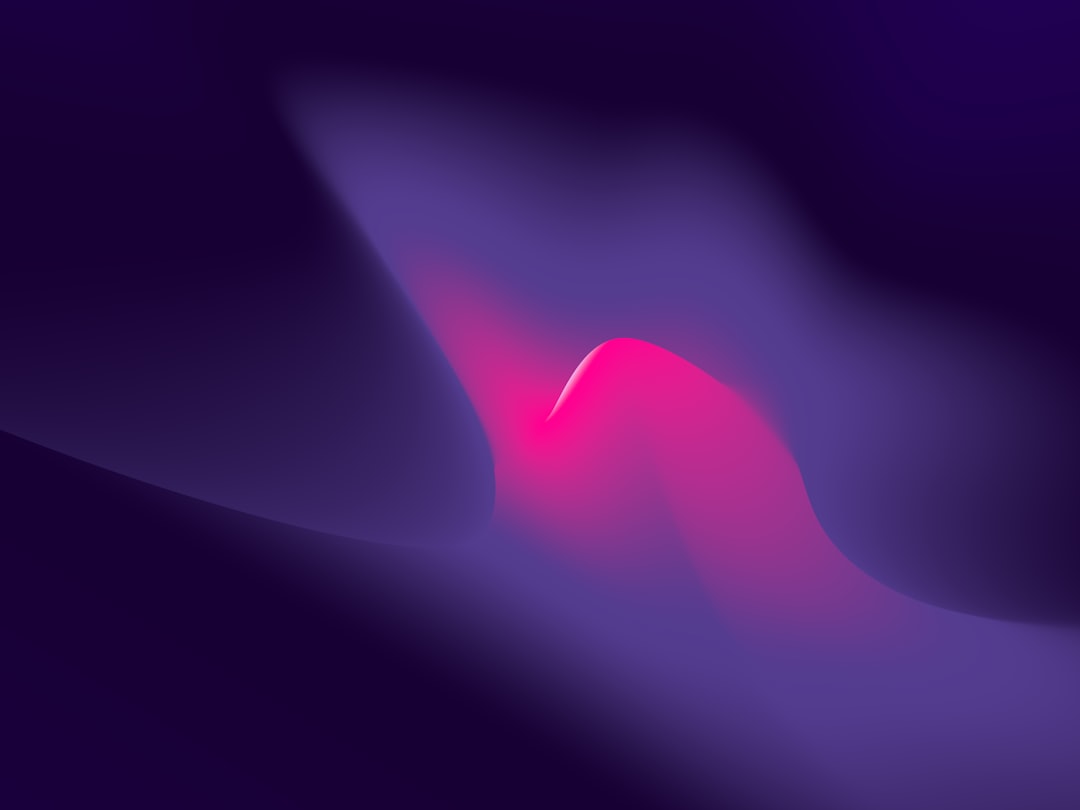Welcome to the new era of art and technology, where the boundaries between traditional art forms and digital art are being blurred like never before. In this exciting new landscape, we are witnessing the emergence of NFTs or non-fungible tokens, which are changing the way we think about the value of art and the role of artists in the creative process.
At its core, NFTs are a type of digital asset that represents ownership of a unique piece of content, such as an image, video, or audio file. Unlike traditional cryptocurrencies like Bitcoin, which are interchangeable and have no intrinsic value, NFTs are one-of-a-kind tokens that cannot be duplicated or replicated.
This revolutionary technology has opened up a new world of possibilities for artists and collectors, enabling them to create and exchange digital art in a way that was previously impossible. With NFTs, artists can now monetize their creations directly, bypassing traditional intermediaries such as galleries and auction houses. This has led to a democratization of the art world, giving emerging artists a chance to showcase their work and connect with a global audience.
But the rise of NFTs is not without controversy. Some art critics and traditionalists argue that digital art lacks the physical presence and emotional impact of traditional art forms. Others worry about the environmental impact of NFTs, which require a significant amount of energy to create and maintain.
Despite these challenges, the potential of NFTs to transform the art world is undeniable. As technology continues to evolve, we can expect to see new forms of digital art emerge, pushing the boundaries of creativity and innovation. The future of art and technology is exciting, and we can’t wait to see where it takes us.
Breaking Down NFTs: What are They and How do They Work?
Have you heard of NFTs yet? NFTs, or non-fungible tokens, are the latest buzzword in the art world. They are digital assets that use blockchain technology to verify ownership and authenticity. But what exactly does that mean, and why are they causing such a stir?
Let’s break it down. A fungible asset is something that can be easily exchanged for something else of equal value. For example, a dollar bill is fungible – it can be used to buy goods and services, and any dollar bill is worth the same as any other. On the other hand, a non-fungible asset is unique and can’t be interchanged with anything else. Think of a rare painting or a vintage car – each one is one-of-a-kind and has its own value.
NFTs take this concept and apply it to the digital realm. They are unique digital assets, such as images, videos, or music, that are verified on a blockchain. A blockchain is a decentralized, digital ledger that records transactions in a way that is transparent and immutable. This means that once a transaction is recorded on the blockchain, it can’t be altered or deleted. This makes NFTs a secure way to prove ownership and authenticity of digital assets.
So, how do NFTs work? When you purchase an NFT, you are buying a unique digital asset that is verified on a blockchain. This means that you can prove that you are the rightful owner of that asset. It’s like owning a piece of digital art or a rare collectible.
But it’s not just about ownership. NFTs also allow for creators to monetize their digital creations in a way that wasn’t possible before. Artists, musicians, and other creators can sell their work directly to collectors, without needing a traditional intermediary like a gallery or record label. This opens up new opportunities for creators and collectors alike.
In the next part of this blog post, we’ll explore how NFTs are changing the art market and empowering creators. Stay tuned!
Think of a rare painting or a vintage car – each one is one-of-a-kind and has its own value.
From Physical to Digital: The Emergence of Digital Art and NFTs
As technology continues to advance, the world of art is evolving along with it. The emergence of digital art has brought about a new era of creativity, allowing artists to explore and experiment with new techniques and mediums.
Gone are the days when art was only displayed in physical galleries or privately owned by collectors. Digital art has opened up a whole new world of possibilities, allowing artists to share their work with a global audience and even monetize it through NFTs.
But what exactly is digital art? Digital art encompasses any artwork that is created using digital technology, such as computer software, tablets, or even smartphones. This can include anything from digital illustrations and paintings to 3D animations and virtual reality experiences.
With the rise of digital art, the concept of ownership has also shifted. In the past, physical art pieces could only be owned by one person or institution at a time. With digital art, however, ownership can be shared through NFTs.
NFTs, or non-fungible tokens, are digital assets that allow for ownership and transfer of unique items or experiences. This includes digital art, as NFTs can be used to verify ownership and authenticity of a specific piece.
The emergence of NFTs has also brought about changes in the art market. While traditional art collectors may still have a preference for physical pieces, the world of NFTs has opened up a new market for digital art collectors.
This shift in the art market has the potential to democratize the art world, allowing for more artists to gain recognition and monetize their work. It also presents new opportunities for art collectors to diversify their collections and support emerging artists.
Overall, the emergence of digital art and NFTs presents an exciting new frontier for the art world. As technology continues to advance, it will be interesting to see how artists and collectors alike adapt and embrace this new era of creativity and ownership.
The emergence of NFTs has also brought about changes in the art market.
NFTs and Art Collectors: Changes in the Art Market
When it comes to the art market, NFTs are causing a significant shift in the way collectors approach the buying and selling of art. Traditionally, art collectors would purchase a physical piece of art and then hold onto it, hoping to sell it for a profit down the line. However, with NFTs, the game has changed.
Now, collectors can purchase a digital piece of art and own the rights to it through the blockchain. This means that they can sell and trade the artwork just like they would with a physical piece, but without the worry of damage or loss. It’s a new way of thinking about collecting art, and it’s opening up a whole new market.
One of the most exciting things about NFTs is that they are democratizing the art world. Collectors no longer have to be part of an elite circle to own valuable and rare pieces of art. Anyone with an internet connection and some crypto can own an NFT, giving artists and collectors alike more opportunities to connect and make transactions.
Of course, there are still some challenges to overcome. As with any new technology, there are debates and uncertainties about how to regulate and value NFTs. But overall, the potential for NFTs to revolutionize the art market is undeniable.
For art collectors, NFTs offer the chance to own unique, rare pieces of art that they might not have been able to access before. For artists, NFTs offer a new way to monetize their work and to establish ownership over their creations. And for the art world as a whole, NFTs offer a chance to break down barriers and create new opportunities for artists and collectors alike.
The future of the art market is bright, and NFTs are at the forefront of this exciting new era.
It’s a new way of thinking about collecting art, and it’s opening up a whole new market.
NFTs and Artists: Empowering Creators and Redefining Ownership
As we have previously discussed, NFTs have disrupted the traditional art world by allowing digital art to be sold as unique, one-of-a-kind pieces. But what does this mean for artists themselves? The answer is quite exciting – NFTs have the potential to empower creators and redefine ownership in the art world.
Firstly, NFTs allow artists to retain ownership of their work, even after it has been sold. This means that artists can continue to receive royalties every time their NFT is resold in the future, providing a passive income stream that was previously not possible. This can be especially beneficial for emerging artists who may not have been able to make a sustainable income from their art before.
Furthermore, the use of smart contracts on blockchain technology means that artists have more control over the sale of their work. They can set the terms of the sale, including the percentage of royalties they receive and even ensure that their work is only sold to verified buyers. This level of control and transparency is a refreshing change for artists who may have previously felt powerless in the art market.
In addition, NFTs provide artists with a new way to monetize their work. As the art world becomes more digital, traditional revenue streams such as gallery sales and commissions may not be as lucrative as they once were. With NFTs, artists can sell their work directly to collectors, cutting out the middleman and potentially earning higher profits.
Lastly, the use of NFTs can also provide a platform for underrepresented artists to showcase their work and gain recognition. The art world has historically been exclusive and dominated by the elite, but with NFTs, artists from all backgrounds have the opportunity to share their work with a global audience and potentially earn a living from it.
Overall, NFTs have the potential to revolutionize the art world, providing artists with new opportunities for ownership, control, and monetization. As the technology develops, it will be exciting to see how it continues to empower creators and redefine the art market as we know it.
As the art world becomes more digital, traditional revenue streams such as gallery sales and commissions may not be as lucrative as they once were.
The Future of Art and NFTs: Opportunities and Challenges
As we’ve explored in previous sections, NFTs have opened up a whole new world for the art industry. From empowering artists to adding a new level of ownership for collectors, there are so many exciting opportunities that come with the integration of blockchain technology and the art world.
One of the biggest opportunities that NFTs bring is the potential for increased accessibility to art. As physical art prices continue to soar, digital art and NFTs offer a more affordable way for art lovers to own and appreciate their favorite pieces. This democratization of the art world is a huge step forward in making art more accessible and inclusive for everyone.
But with any new technology or innovation, there are also challenges that come with it. One of the biggest concerns with NFTs is their environmental impact. As we know, the process of creating, minting, and selling NFTs requires a significant amount of energy and resources. As we continue to navigate this new era of art and technology, it’s important for us to also consider our environmental footprint and look for ways to make the process more sustainable.
Another challenge we face with NFTs is the potential for fraud and scams. With the rise in popularity of NFTs, there has also been a rise in fraudulent activities, such as fake NFTs being sold and artists being scammed out of their rightful earnings. It’s important for us to continue to educate ourselves and others on how to navigate this new terrain in a safe and ethical way.
Despite these challenges, the future of art and NFTs is filled with endless possibilities. From virtual galleries to new revenue streams for artists, there’s so much potential for growth and innovation in the art world. It’s up to us as a community to navigate this new landscape with curiosity, open-mindedness, and a willingness to learn and adapt.
As we continue to explore the intersection of art and technology, one thing is for sure – the future is bright and full of opportunities. Let’s embrace this new era of art and NFTs, and see where it takes us.
As we continue to navigate this new era of art and technology, it’s important for us to also consider our environmental footprint and look for ways to make the process more sustainable.
Conclusion: NFTs and the Ever-Evolving Art Landscape
As we wrap up this exploration of NFTs and their impact on the art world, it’s clear that we are entering a new era of creativity and innovation. The intersection of art and technology has never been more exciting, and NFTs are just the beginning of the changes we can expect to see in the coming years.
One of the most fascinating aspects of NFTs is how they are redefining ownership in the art world. For too long, artists have been undervalued and undercompensated for their work. NFTs give creators more control over their art and allow them to monetize their work in new ways. This is a powerful shift that empowers artists and gives them more agency in their careers.
At the same time, NFTs are also changing the way art collectors think about their collections. Traditionally, the value of art has been tied to its physical form – the canvas, the frame, the sculpture. But with NFTs, the value is in the digital file itself. This means that collectors can own and trade works of art without having to worry about the logistics and costs of storing and transporting physical works.
Of course, like any new technology, there are challenges and drawbacks to NFTs. The environmental impact of blockchain technology is a concern, as is the potential for fraud and scams in the NFT market. But these are issues that can be addressed with education and regulation.
Overall, NFTs are an exciting development for the art world that open up new opportunities for artists, collectors, and enthusiasts alike. We can’t wait to see where this technology takes us and how it will continue to shape the ever-evolving art landscape.





